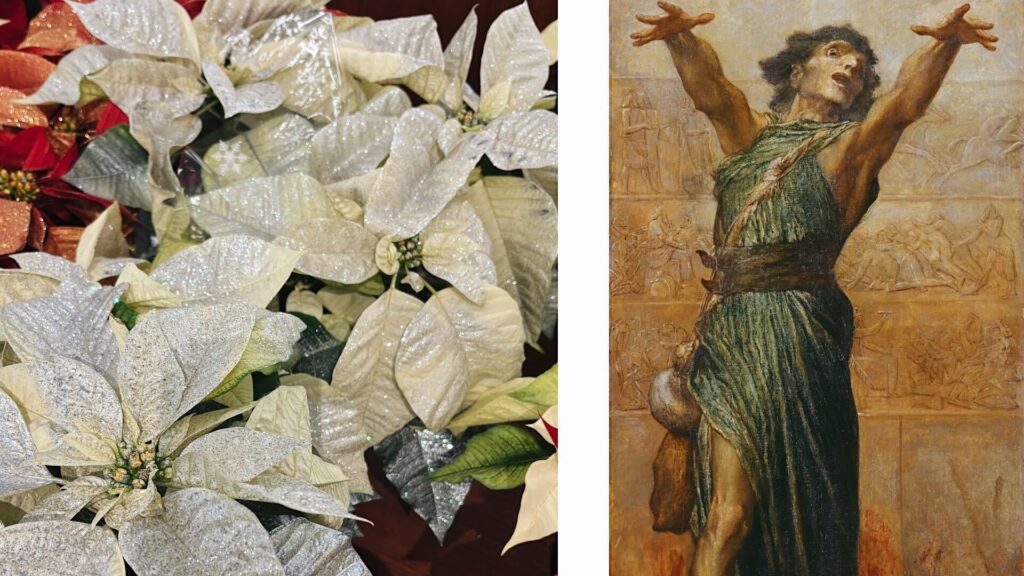CMP Review 2024-12-15

When Charlotte Mason assembled her volumes of original poetry, she always chose a dozen or so paintings by the great masters to illuminate certain poems and passages of Scripture. Many familiar artists were represented, including Titian, Rembrandt, and Dürer.
When she published her sixth volume of poetry in 1914, she may not have known that it would be her last. This volume included a print of her beloved Fortitude by Botticelli which she discussed at length in Ourselves. But when it came to the poem “The Sign of Jonah,” she chose something quite different.
Though in Home Education she recommended illustrations by “the Old Masters” to accompany Bible lessons, for this poem she selected a painting executed in 1894 — a mere 20 years before the publication of her work.
It is hard to fully grasp this when we normally think of Charlotte Mason as associated with old-fashioned things. How many devotees of the old masters today would choose a painting from 2004 to appear 80 pages away from a piece by Botticelli?
In 1904, G. K. Chesterton wrote an appreciation of artist G. F. Watts. He described Watts’s painting of Jonah as “frame-filling violence.” When Charlotte Mason wished to illustrate Christ’s proclamation that “a greater than Jonah is here,” she chose this piece by Watts instead of a work by any old master.
Perhaps it was the best painting available. Or perhaps it was a reminder by Miss Mason that the kingdom of heaven is like a householder who brings out of his treasure things new and old. Read or hear “The Sign of Jonah” here.
@artmiddlekauff